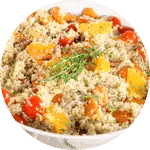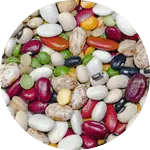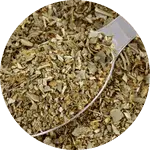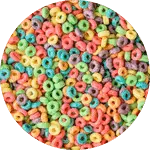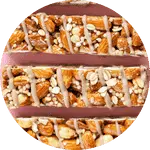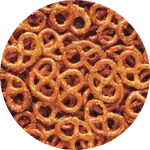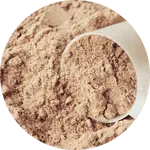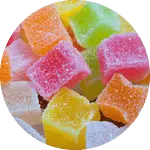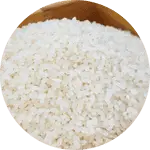Co-Packing Stand Up Pouches
On-the-go convenience, eco-friendliness, and low shipping costs are quickly becoming essential in the retail industry. As a result, many companies are turning to stand up pouches to provide reliable, cost-efficient packaging solutions.
In addition to offering a highly customizable flexible packaging format, stand up pouch packaging allows for a strong shelf presence in today’s saturated, highly competitive retail landscape; this versatile packaging functions particularly well as a self-contained, attractive billboard for labels, branding, product information, and graphics.
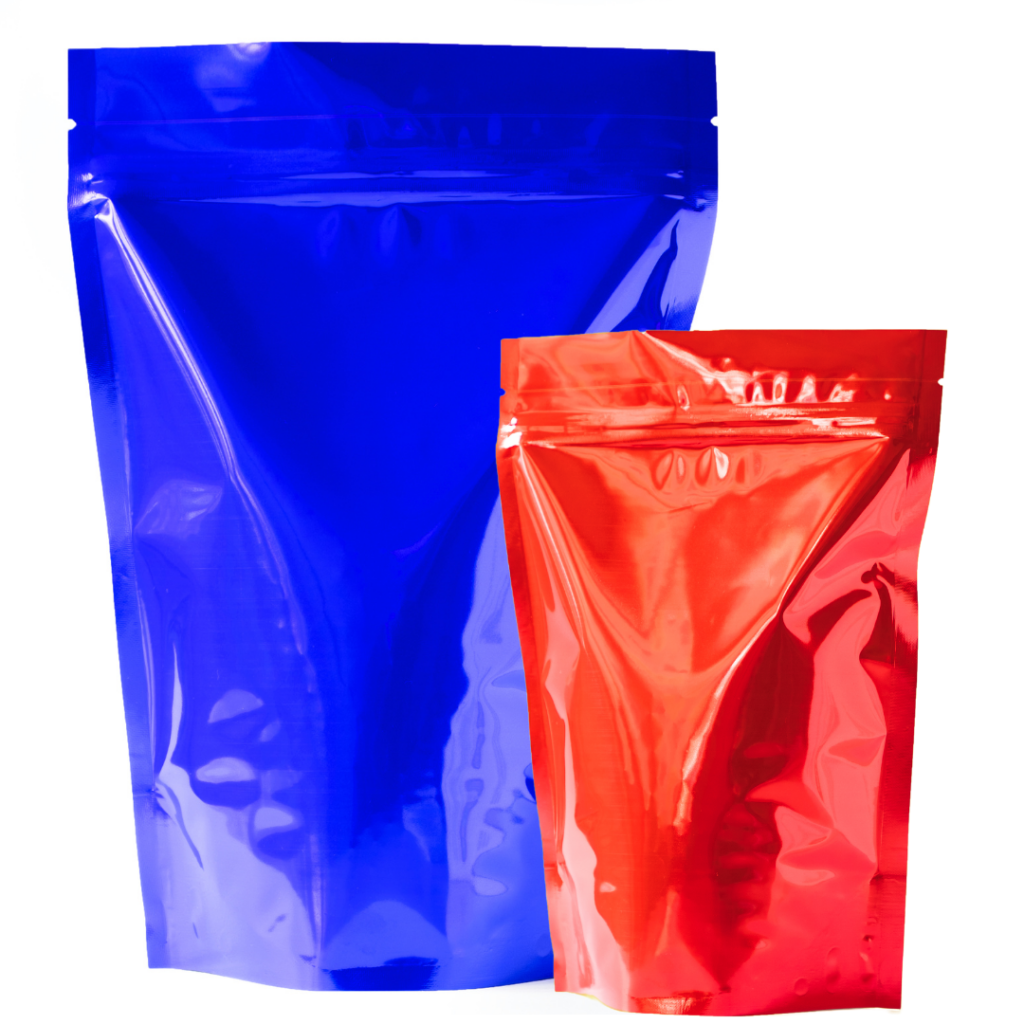
Benefits of custom stand up pouches
Stand up pouches, or SUPs, are among the most popular and versatile flexible packaging formats available in today’s marketplace. Packaging and display design can be just as important as the product itself, and custom stand up pouches offer a convenient solution for manufacturers and consumers alike.
Stand up pouch bags take up minimal shelf and storage space and add little to freight costs and environmental waste, making them one of the most eco-friendly options available — increasingly important as more and more consumers seek out sustainable packaging and products.
Using up to 75% less material than traditional cans, cartons, or even bag-in-a-box packs, stand up pouches for food packaging is both environmentally friendly and less expensive to ship.
Stand up pouch packaging is flexible by nature, and can be easily customized with unique materials, features, and graphics to meet specific client needs.
Some of the most popular features include:
Let's start scaling.
Is your demand outpacing your ability to package your own product? Then consider outsourcing with Econo-Pak.
With over 40 years of experience working with both small brands and Fortune 500 companies, we are capable of handling your specific dry food product.
Get in touch with our team for a fixed-price quote for your project.


